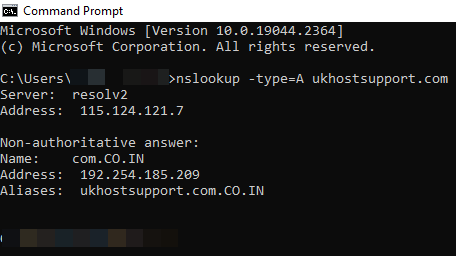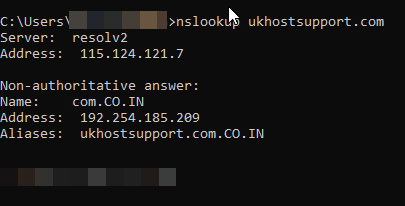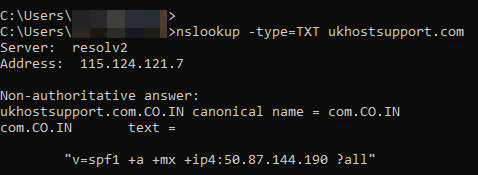In some situations, it becomes necessary to check the DNS records of a domain. DNS records are instructions that reside on authoritative DNS servers and offer details about a domain, such as the IP address that it is associated with and how to respond to requests for that domain.
In this guide, you will explore how to check the DNS records of a Domain using commands.
Let us execute the commands to Check the DNS records of a domain:
- Using a terminal and the “nslookup” command is the most effective way to examine the domain’s DNS records. Almost all operating systems will support this command (Windows, Linux, and macOS).
There are other commands, such as ping or host that you can use in addition to the above to check DNS records. The domain where the domain is pointed is displayed in a record by the ping command. - The nslookup command displays every DNS record for the domain, and the different nslookup commands for the various sorts of DNS records are supplied below for you to use on the command line:
- To check A record:
nslookup -type=A ukhostsupport.com

nslookup ukhostsupport.com

- To check NS record:
nslookup -type=NS ukhostsupport.com

- To Check MX Record:
nslookup -type=MX ukhostsupport.com

- To Check CNAME Record :
nslookup -type=CNAME ukhostsupport.com

- To Check TXT Record :
nslookup -type=TXT ukhostsupport.com

- To check A record:
There are other commands, such as ping or host that you can use in addition to the above to check DNS entry. The domain where the domain is pointed is displayed in a record by the ping command.
In this manner, you can check a domain’s DNS records.
You may already know that finding a DNS record is like finding the correct address for a website. You can conduct a network test to ensure smooth internet operation and to resolve any issues causing delays or problems to ensure a smooth online experience,
